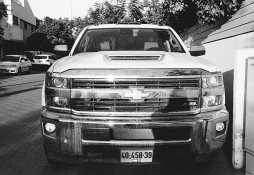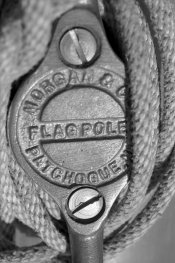I've done a little test to check the compression that is claimed on the silvermax developer package. The goal was not to count the number of zones, but to pit it against my standard developing combination and some other combinations that should compress the tones.
The developing combination in question were:
1) silvermax developer following the guide to the letter. So 11 minutes, 1+29 dilution and standard agitation
2) the way I develop silvermax. 510-pyro, 1+150 for 12 minutes with constant agitation in a jobo and with a 2 min pre wash
3) 510-pyro 1+500 semi-stand*
4) Rodinal 1+100 semi-stand*
*Semi-stand was 1 hour starting with 1 minute of agitation at the beginning and 1 agitation at every 15 minutes thereafter. Everything was done at 20 degrees.
The scene is of a monastery that is around the corner of my home. It was a brightly lit scene with ample contrast to check the compression of the different developing techniques. The film was rated at 100 iso
The developed negatives:
I also made prints at contrast filter 2 trying to make sure that the greys in the sidewalk are more or less the same between prints. The printing times were (in the same order as above) 12, 10, 16 and 7 seconds. Starting at top left is the silvermax print, the top right print is the standard 510-pyro print, the bottom right one is the 510-pyro semi-stand and the bottom left is the Rodinal print.
The 510-pyro semi-stand negatives were clearly overdeveloped. The Rodinal negatives have the highest amount of compression at the cost of irregularities in the sky and halo's around the rooftops.
The 510-pyro print has a bit more detail in the shadow in the left hand side of the print, but the contrast is overall a bit lower then that of the silvermax print.
I wonder what your thoughts are on the negatives and the prints.











